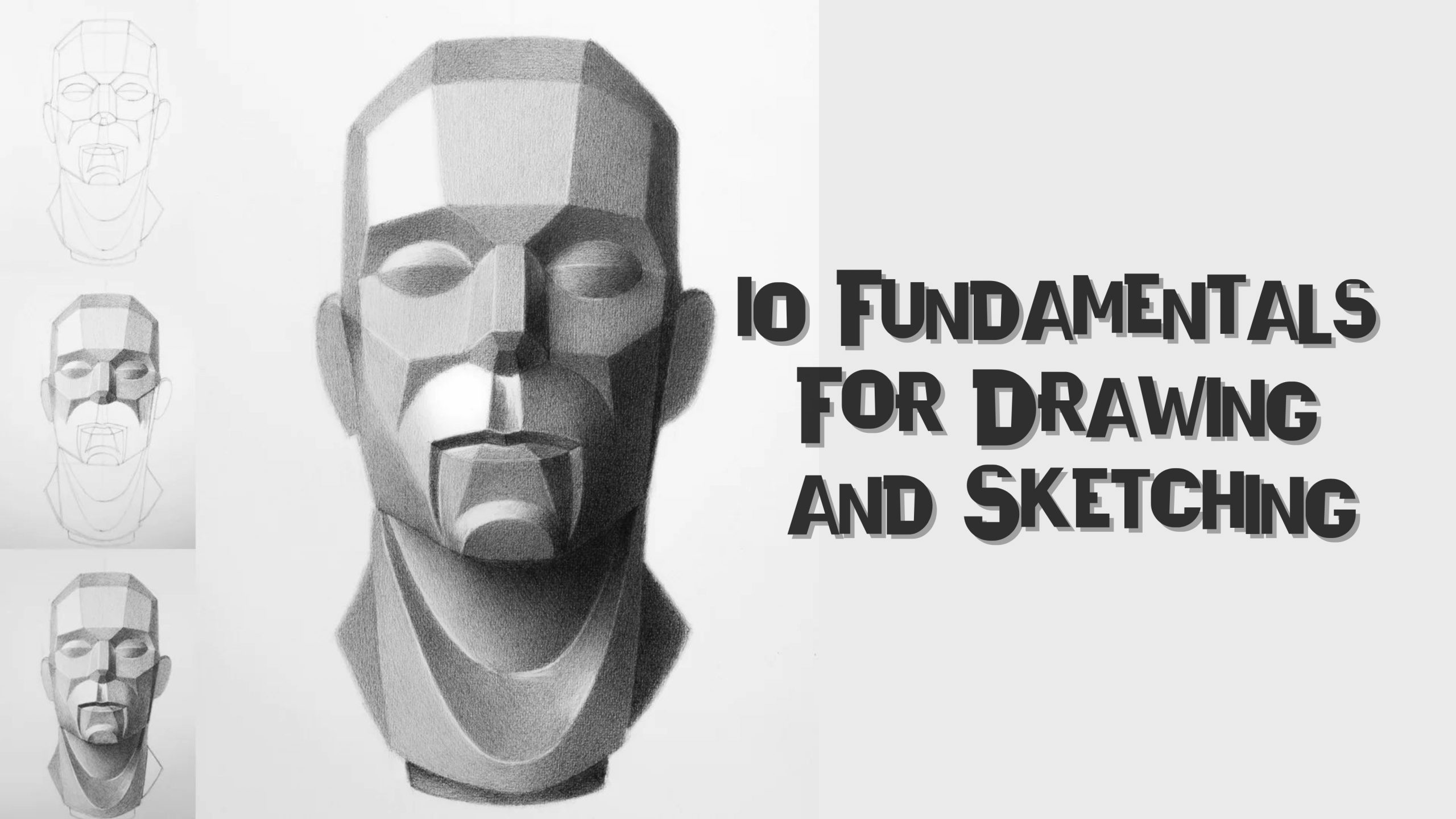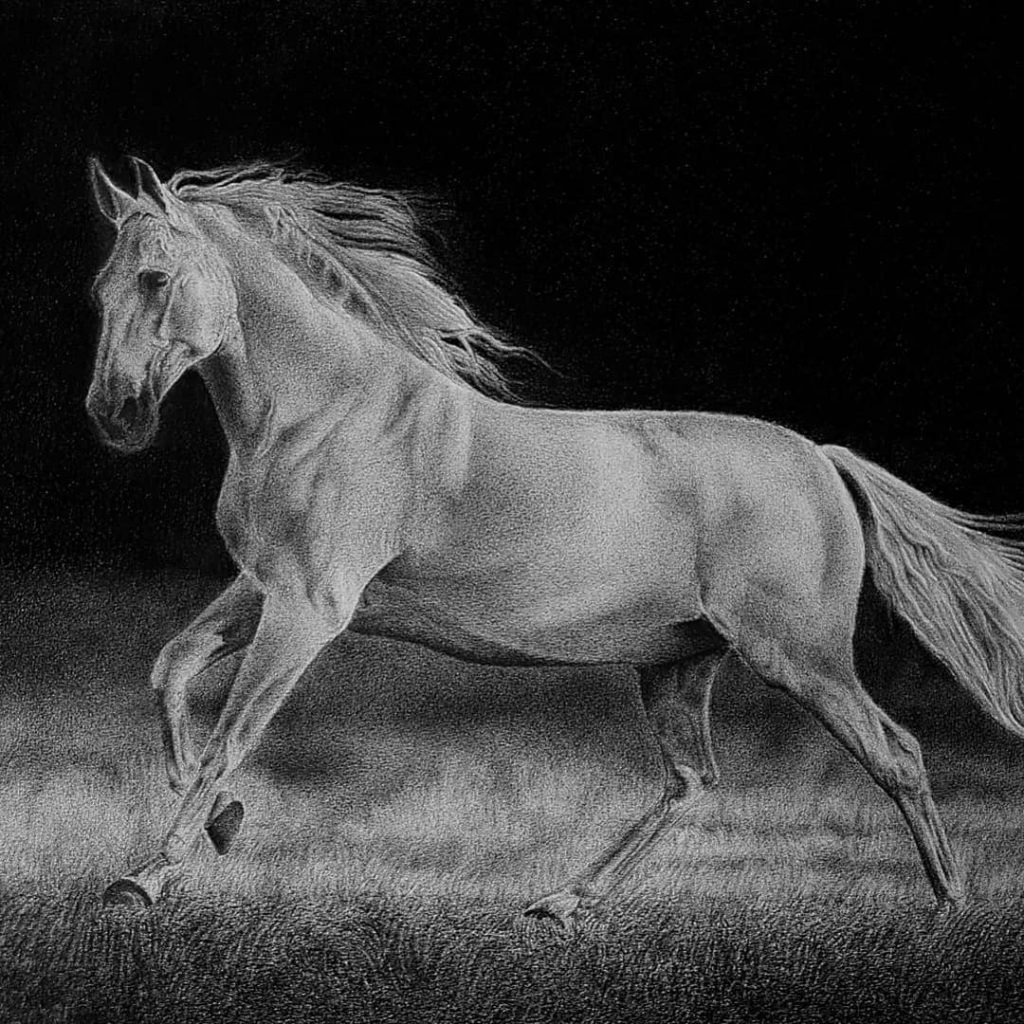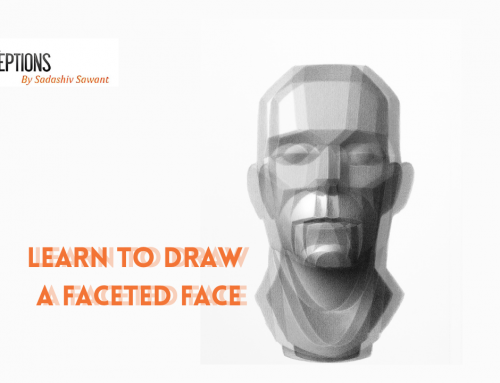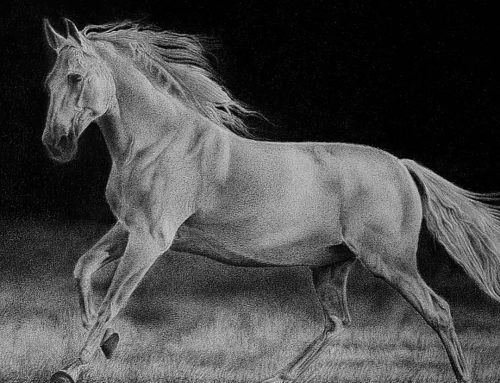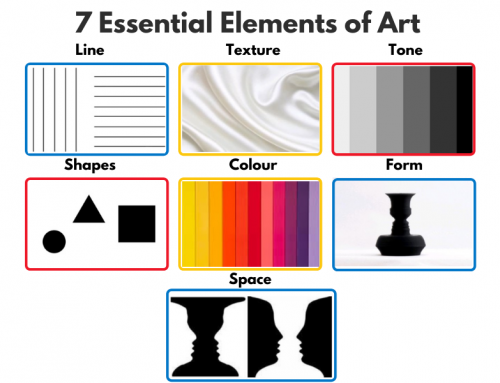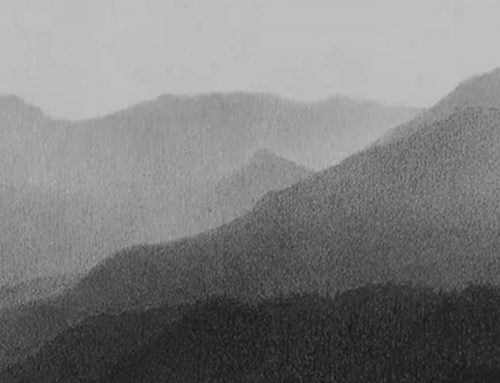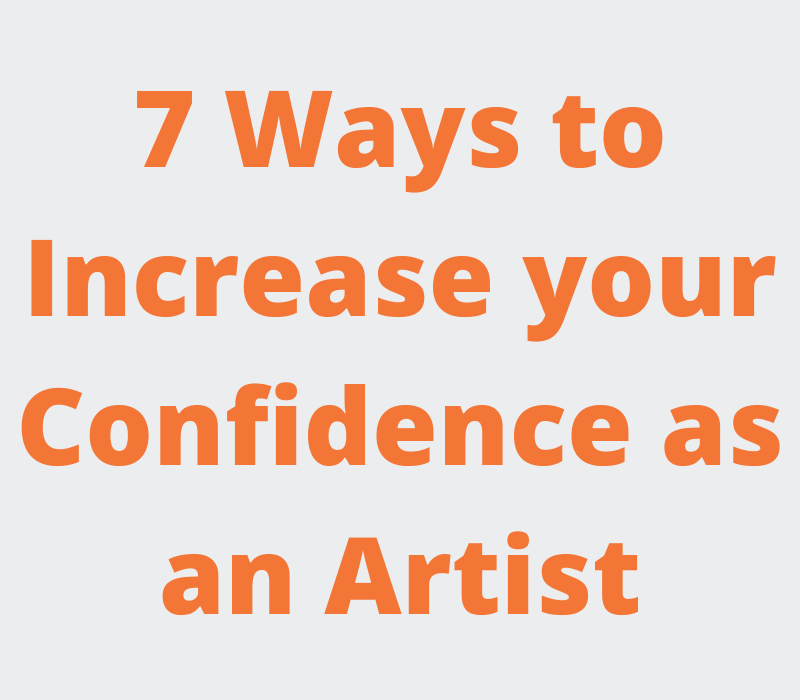Top 10 Fundamentals For Drawing and Sketching
Drawing and sketching get a more realistic look once you understand their intricate details, including their elements and components. One piece of art can use one or more fundamentals based on the style and medium of the artwork. Such fundamentals in your sketching photos tell a lot about the quality and accuracy of your artwork. Once you get well-versed in the art fundamentals, you can bring life to your drawings and sketches. Let’s learn about them now!
Here are the 10 Fundamentals For Drawing & Sketching
Get a detailed explanation of the top 10 fundamentals that you should be aware of before starting drawing or sketching –
1. Forms:
Forms make the art piece look more than 2 dimensions. It works best to create illusions by providing the texture, volume & 3-D characteristics of the shape. Moreover, using forms, you can create tricky pieces with ease. Forms are usually created by layering drawings or shapes through different perspectives.
2. Anatomy:
Anatomy helps to showcase the muscles, joints & movements of living creatures like human beings, animals, etc through the medium of the artwork. While working on anatomy, you need to accurately define the structure, facial expressions, and proportions. The more you understand the details of anatomy fundamentals, the more you can realistically draw living creatures.
3. Lighting:
The shadow work & highlights you notice in the sketching photos refers to lighting. Some intended areas are shaded wisely to increase the visibility of other fields. ‘Value’ & ‘Lighting’ has. a close relation to each other. Let’s take an example of a cloudy day painting. Here, highlights & shadows demonstrate the location of clouds. And, ‘Value’ gives the entire drawing a more cloudy theme emphasizing appearance by choosing top colours to represent water, grass, or fallen trees.
4. Values:
The value defines the intensity of colour in art. It tells by what amount the colour for a specific part or entity is going to be dark or light. It adds realism, feeling, emotional connection, and atmosphere to your drawing & sketching. Understand highlights & shadows to generate precise results from Value.
5. Perspective:
If you wish to create a 3-D effect in your drawings & sketching, then you need to learn about ‘Perspective.’ Moreover, it provides a realistic approach to your art. Perspective can be taken in 3 forms i.e.., One-point perspective, Two-point perspective, and Three-point perspective.
6. Lines:
Line fundamentals state the shape creation, space division, and texture addition to your art piece. It helps to divide space into numerous sections, create depth & add contour to it. Various lines are there such as Orthogonal, Center, Cross-hatch, Contour, Implied, and Horizon lines.
7. Texture:
Texture provides the entire feel of the painting. It can be created in tangible form or illusion form by the artist by adding specific layers to your drawing. ‘Impasto’ is one such strategy used for painting texturizing. It’s closely connected to value & colour as a specific colour might change its essence in canvas based on the texture.
8. Composition:
Composition dictates the use of every element cohesively while stating the message. It is the overall drawing of the structure that makes viewers focus on the central art. Some of its elements are symmetry, unity, proportion, and movement.
9. Space:
Space depicts the field within, above, or around the form of an object. It makes your drawing realistic by creating an artistic illusion. Space can be created through Detail, Overlapping, Size, Perspective, Object Placement, Color, or value.
10. Colour Theory:
Colour theory is the art fundamental to understanding colour arrangement, colour combinations, colour blending, & choosing the right colour. The three main factors are the colour wheel, colour harmony & colour context.
The beauty you see in the final art piece has the hidden image of an artist. His knowledge and mastery in using pencils, texture, colour therapy, lighting, and anatomy to perfection are worth appreciating. If you too want to be a part of such creative minds, then you can join our online art classes and workshops today.
 Skip to content
Skip to content

